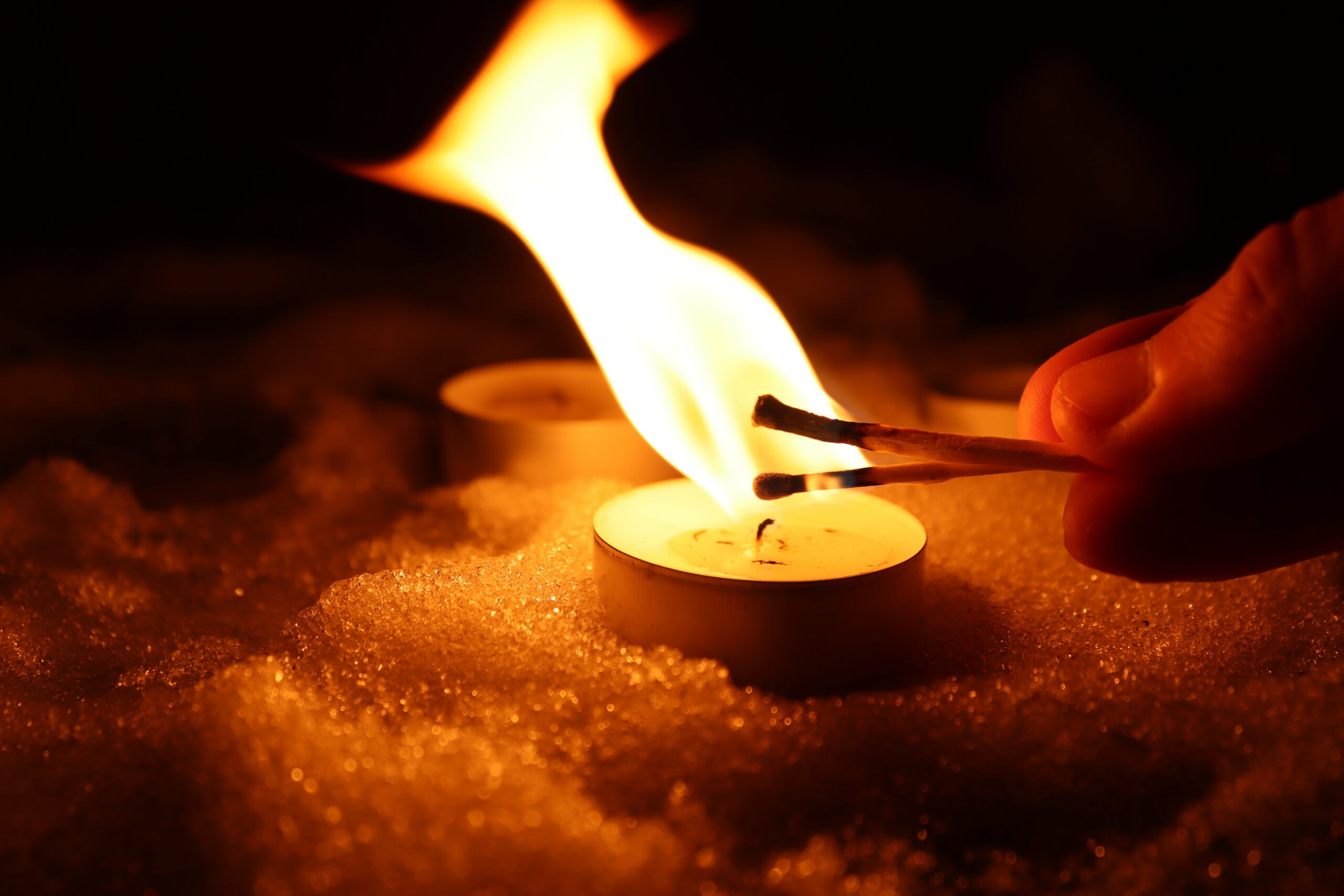

Articles
How To Make Candles That Burn Longer
Modified: January 4, 2024
Learn valuable tips and techniques to create longer-lasting, high-quality candles with our informative articles. Start making candles that burn longer today!
(Many of the links in this article redirect to a specific reviewed product. Your purchase of these products through affiliate links helps to generate commission for Storables.com, at no extra cost. Learn more)
Introduction
When it comes to creating the perfect ambiance in your home or creating lovely gifts for your loved ones, candles are an ideal choice. However, nothing is more frustrating than candles that burn out quickly, leaving you with a short-lived experience. If you want to enjoy your candles for longer periods of time, you’re in the right place.
In this article, we will explore various tips and techniques to help you make candles that burn longer. These methods involve careful selection of wax, wicks, additives, pouring techniques, and proper candle care. By following these steps, you can maximize the burn time of your candles and enjoy their warm glow for hours on end.
So let’s dive in and discover how to create candles that will illuminate your space and provide long-lasting enjoyment.
Key Takeaways:
- Choose the right wax, wick, and additives to maximize candle burn time and fragrance retention. Experiment with pouring techniques and proper care for long-lasting, captivating candles.
- Implement temperature control, proper curing, and storage to maintain candle quality. Follow tips for trimming wicks, avoiding drafts, and using appropriate holders to extend burn time and enhance the sensory experience.
Read more: How To Safely Burn Candles
Choosing the right wax
When it comes to making candles that burn longer, selecting the right wax is crucial. There are several types of wax available in the market, each with its own unique characteristics. Let’s explore some common types of wax and the characteristics to look for:
1. Soy Wax: Soy wax is a popular choice among candle makers due to its natural and renewable properties. It has a lower melting point, which allows for a longer burn time. Soy wax also has excellent fragrance retention, producing candles with a strong and lasting scent.
2. Beeswax: Beeswax is a natural and luxurious wax that offers a longer burn time compared to other types of wax. It has a high melting point, which ensures that the candle burns slowly and evenly. Beeswax candles also emit a subtle honey-like scent, creating a warm and cozy atmosphere.
3. Paraffin Wax: Paraffin wax is a commonly used wax in the candle industry. It is known for its affordability and versatility. Paraffin candles have a long burn time and can hold a high concentration of fragrance. However, it is important to note that paraffin wax is derived from petroleum, which some individuals prefer to avoid due to environmental concerns.
4. Coconut Wax: Coconut wax is a newer type of wax that has gained popularity in recent years. It is made from the meat of coconuts and is known for its clean and slow burn. Coconut wax candles have a high fragrance load and produce a beautiful, creamy flame.
When choosing your wax, consider the desired burn time, fragrance retention, and the eco-friendliness of the wax. It’s also important to select a high-quality wax from a reputable supplier to ensure the best results.
Now that you have a better understanding of the different types of wax, let’s move on to the next step: selecting the right wick for your candles.
Selecting the right wick
The wick you choose for your candles plays a significant role in determining burn time and overall performance. Here are some factors to consider when selecting the right wick:
1. Candle Diameter: The size of your candle will dictate the size of the wick needed. Wicks come in various sizes, and choosing the correct size ensures that the flame reaches the edges of the container, creating an even burn. A wick that is too small may result in tunneling, where wax remains unmelted around the edges, while a wick that is too large can cause the candle to burn too quickly.
2. Type of Wax: Different waxes have different melting points, and this affects the type of wick that is suitable. For example, a soy wax candle may require a different wick than a paraffin wax candle to achieve optimal burn time and performance. Consult the wick manufacturer’s guidelines or conduct burn tests to determine the right wick size for your specific wax type.
3. Desired Burn Time: Consider how long you want your candle to burn. If you prefer a longer burn time, you may need a wick that burns slower and requires more time to consume the wax. On the other hand, if you want a candle that burns relatively quickly, you can choose a wick with a higher burn rate.
4. Material of the Wick: Wicks are typically made from cotton or paper and are sometimes infused with other materials like zinc or tin. Cotton wicks are a popular choice as they burn cleanly and are easy to work with. Paper wicks are often used for smaller candles or tealights. Consider the type of candle you are making and the desired performance when selecting the material of the wick.
Experimentation and testing are important when it comes to selecting the right wick for your candles. Conduct burn tests with different wick sizes and materials to determine which option provides the longest burn time and best burn quality for your specific candle recipe.
Now that you have a better understanding of the factors to consider when selecting a wick, let’s move on to the next step: adding additives for longer burn time.
Adding additives for longer burn time
Adding certain additives to your candle wax can significantly enhance the burn time and performance of your candles. Here are some important additives to consider:
1. Stearic Acid: Stearic acid is a common additive used to improve the burn time and hardness of candles. It helps to slow down the rate at which the wax melts, resulting in a longer-lasting candle. When using stearic acid, it is essential to follow the recommended usage guidelines provided by the manufacturer.
2. Vybar: Vybar is a polymer-based additive that aids in improving scent throw and burn time. It helps to bind the fragrance oil to the wax, allowing for a stronger and longer-lasting scent. Vybar comes in different formulations to suit various wax types and should be added according to the manufacturer’s instructions.
3. Microcrystalline Wax: Microcrystalline wax is a petroleum-based wax that can be added to your candle wax to increase its hardness and burn time. It helps to reduce dripping and enhances the overall performance of the candle. It is important to use microcrystalline wax in moderation to avoid any negative effects on scent throw or burn quality.
When incorporating additives into your candles, it is crucial to measure them accurately. Follow the recommended measurements provided by the additive manufacturer or conduct small-scale tests to determine the appropriate amount for your specific candle recipe.
To incorporate additives, melt your wax to the recommended pouring temperature, and then add the measured additive. Stir the mixture gently but thoroughly to ensure even distribution. Be careful not to introduce air bubbles, as they can affect the quality of the burn. Once the additive is fully incorporated, you can proceed with the next steps of the candle-making process.
Remember to consult the product instructions and conduct small-scale tests before adding additives to your larger batches of candles. This will allow you to fine-tune the amount and combination of additives for optimal burn time and candle performance.
Now that you have added the necessary additives, it’s time to move on to the proper candle pouring technique.
To make candles burn longer, use high-quality, natural wax like soy or beeswax, trim the wick to 1/4 inch before each use, and avoid placing them in drafty areas.
Proper candle pouring technique
The way you pour your candles can greatly impact their burn time and overall quality. Here are some key factors to consider when it comes to the proper candle pouring technique:
1. Temperature control: It is crucial to have proper temperature control when pouring your candles. Pouring wax that is too hot or too cold can result in inconsistencies in the burn and can affect the overall performance of the candle. Follow the recommended pouring temperature provided by the wax manufacturer and use a reliable thermometer to ensure accuracy.
2. Pouring methods: There are different pouring methods you can utilize to achieve the best results for your candles:
- Single pour: This method involves pouring the wax all at once and allowing it to cool and set. It is a straightforward technique and works well for most candle types.
- Layering: For scented or colored candles, you can achieve beautiful effects by layering different colored or scented wax. This involves pouring one layer, allowing it to solidify partially, and then pouring the next layer. This method requires patience and precise timing.
- Container topping: Container topping is a technique used to create a smooth and even surface on the candle. After the initial pour, the wax may shrink or develop uneven surfaces. To fix this, melt a small amount of wax and pour it over the top of the cooled candle, creating a smooth finish.
When pouring the wax, it is important to do so slowly and steadily to minimize air bubbles and ensure proper adherence to the container walls. Avoid pouring too close to the edge to prevent overflow or uneven burning. Take your time and pour with care to achieve a professional-looking and long-lasting candle.
Now that you have poured your candles, it’s time to move on to the next step: curing and storing.
Read more: How To Properly Burn Candles
Curing and storing your candles
After pouring your candles, it’s important to allow them to properly cure before using or selling them. Curing refers to the process of allowing the wax and fragrance to fully bond and settle, which can improve the burn time and scent throw of the candles. Here are some guidelines for proper curing and storing:
1. Allowing for proper curing time: The curing time for candles can vary depending on the type of wax and additives used. As a general rule, it is recommended to let your candles cure for at least 24 to 48 hours before lighting them. This allows the scent to fully develop and the wax to harden, resulting in a better burn and longer-lasting fragrance.
2. Storing candles to maintain quality: Once your candles have cured, it’s essential to store them properly to maintain their quality. Here are a few tips for storing candles:
- Keep away from direct sunlight: Exposure to sunlight can cause fading and discoloration of the wax and can affect the quality of the fragrance. Store your candles in a cool, dry place away from direct sunlight to preserve their color and scent.
- Avoid extreme temperatures: Extreme temperatures can soften or melt the wax, affecting the appearance and burn time of the candles. Avoid storing candles in places with high heat or cold, such as near heaters or air conditioning units.
- Use proper containers: If storing in containers, make sure they are clean, dry, and airtight to prevent dust, moisture, or odors from affecting the candles.
- Avoid stacking: When storing container candles, avoid stacking them on top of each other as it can lead to scuffing or cracking. Instead, place them in a single layer, ensuring they have enough space to breathe.
By following these tips, you can ensure your candles are at their best quality when you’re ready to use or sell them. Remember to always check for any signs of damage or deterioration before lighting a stored candle.
Now that you have learned how to cure and store your candles, let’s move on to some additional tips for maximizing burn time.
Tips for maximizing burn time
To ensure that your candles burn for as long as possible, it’s important to follow these tips for maximizing burn time:
1. Trim the wick: Before lighting your candle, make sure to trim the wick to about 1/4 inch (6mm) in length. A longer wick can cause the flame to burn too hot and lead to faster consumption of the wax. Trimming the wick helps maintain a steady and controlled burn, allowing the candle to last longer.
2. Avoid drafts and excessive heat: Place your candles in a draft-free area and away from any sources of excessive heat. Drafts can cause the flame to flicker and burn unevenly, resulting in a shorter burn time. Excessive heat can also soften the wax, leading to quicker melting. By keeping your candles in a stable environment, you can ensure a longer and more consistent burn.
3. Burn the candle for an extended period: Candles have a memory, so it’s important to allow them to burn long enough for the entire surface to liquefy during each use. This helps prevent tunneling, where the wax only melts in the center, leaving unused wax along the edges. Burning candles for a minimum of 2-3 hours will help maintain an even wax pool and prolong their burn time.
4. Avoid extinguishing the candle too soon: When it’s time to extinguish your candle, allow the wax to cool and solidify before blowing it out. This ensures that the top layer of wax remains smooth and even for the next burn. If you blow out the flame too soon, it may cause uneven melting and decrease the overall burn time of the candle.
5. Use appropriate candle holders: Opt for candle holders that are appropriately sized and sturdy enough to support the candle. A well-fitted container can help regulate the burn and prevent excessive heat that can shorten the burn time. It also catches any stray wax, reducing the mess and allowing for a more complete burn.
By following these tips, you can maximize the burn time of your candles and enjoy their warm glow for longer periods.
Now that you have learned some valuable tips, it’s time to wrap up our discussion on how to make candles that burn longer.
Conclusion
Candles have the power to create a cozy and inviting atmosphere in any space. By implementing the right techniques, you can make candles that burn longer and provide a prolonged sensory experience. From choosing the right wax and wicks to adding additives and using proper pouring techniques, each step contributes to maximizing burn time and enhancing the overall performance of your candles.
When selecting your wax and wicks, consider the characteristics that will contribute to a longer burn time and optimal performance. Experiment with different additives to find the right combination that suits your specific candle recipe. Pay attention to temperature control and utilize different pouring methods to create beautiful and long-lasting candles.
Once your candles have been poured, allow them to cure properly and store them in a cool, dry place to maintain their quality. Implementing proper candle care, such as trimming the wick and avoiding drafts and excessive heat, will further extend the burn time and ensure a steady and controlled flame.
Remember, candle-making is both an art and a science, and it may take some trial and error to find the perfect combination for your desired results. Don’t be afraid to experiment and test different techniques to find what works best for you.
By following the tips and techniques outlined in this article, you can create candles that not only burn longer but also provide a captivating and enjoyable experience for you and your loved ones.
So why wait? It’s time to unleash your creativity, ignite those wicks, and make candles that will illuminate your spaces with their long-lasting glow and enchanting fragrance.
Frequently Asked Questions about How To Make Candles That Burn Longer
Was this page helpful?
At Storables.com, we guarantee accurate and reliable information. Our content, validated by Expert Board Contributors, is crafted following stringent Editorial Policies. We're committed to providing you with well-researched, expert-backed insights for all your informational needs.
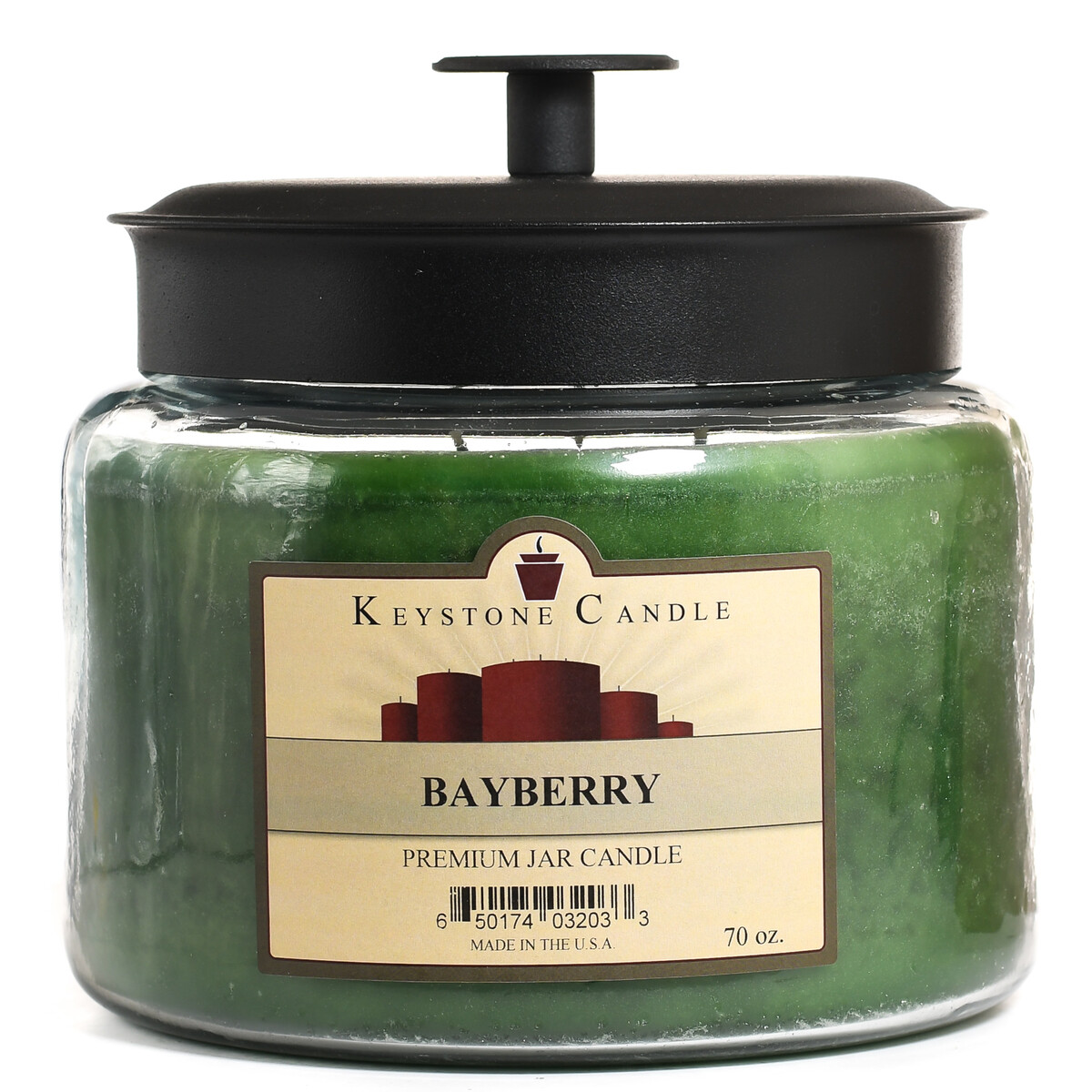
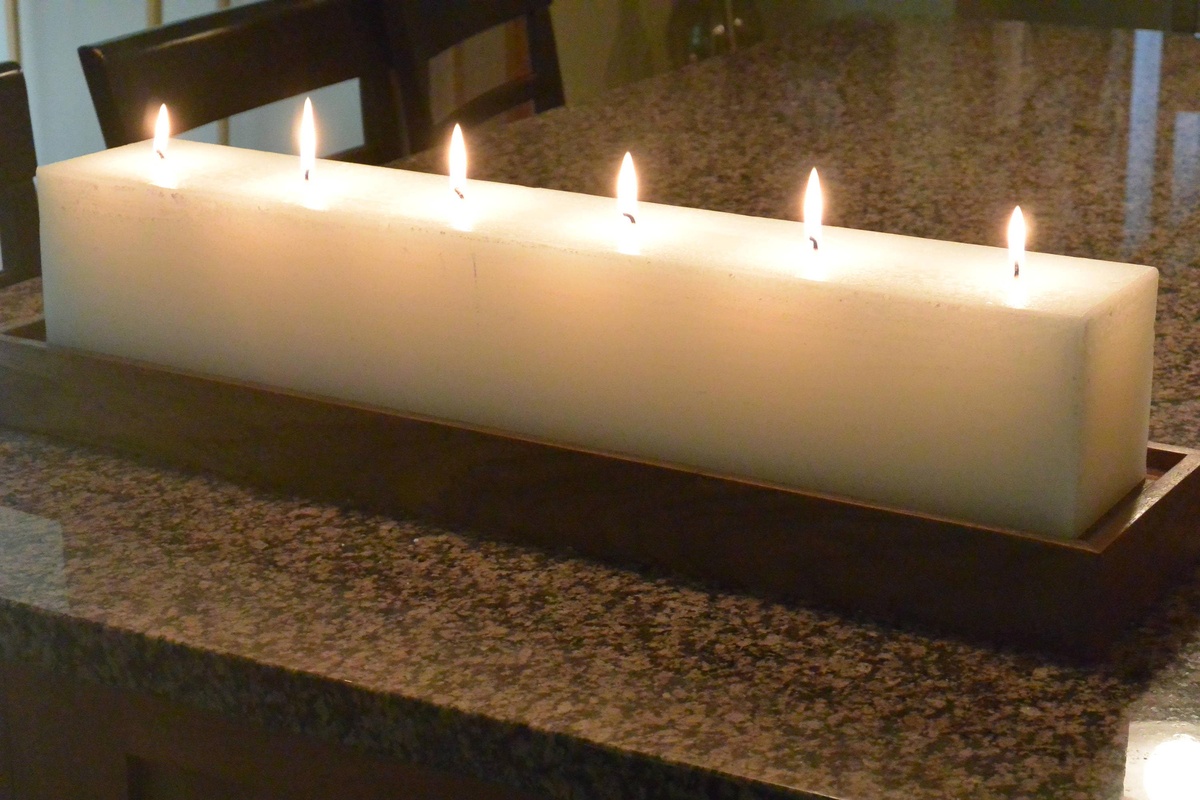
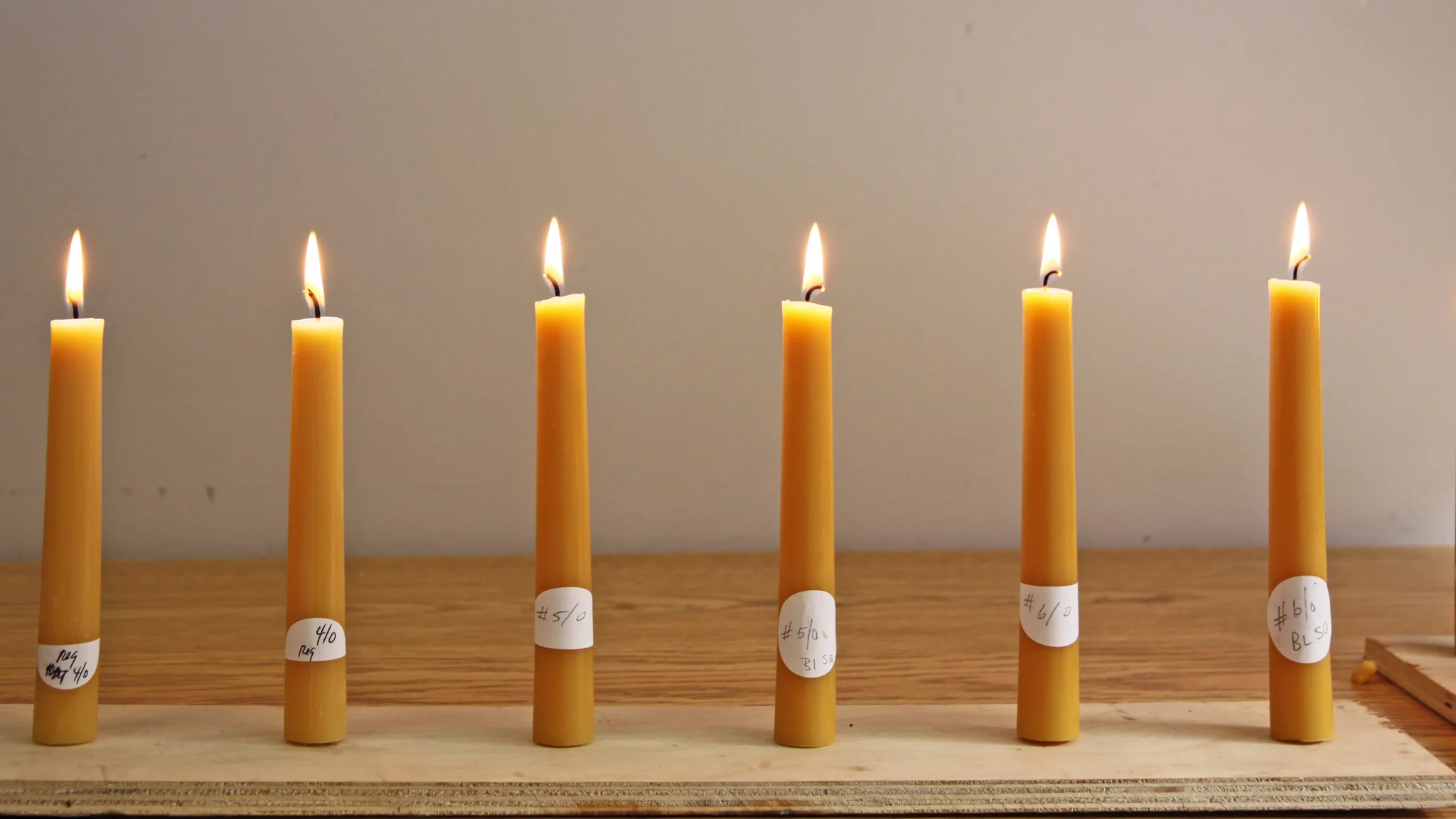

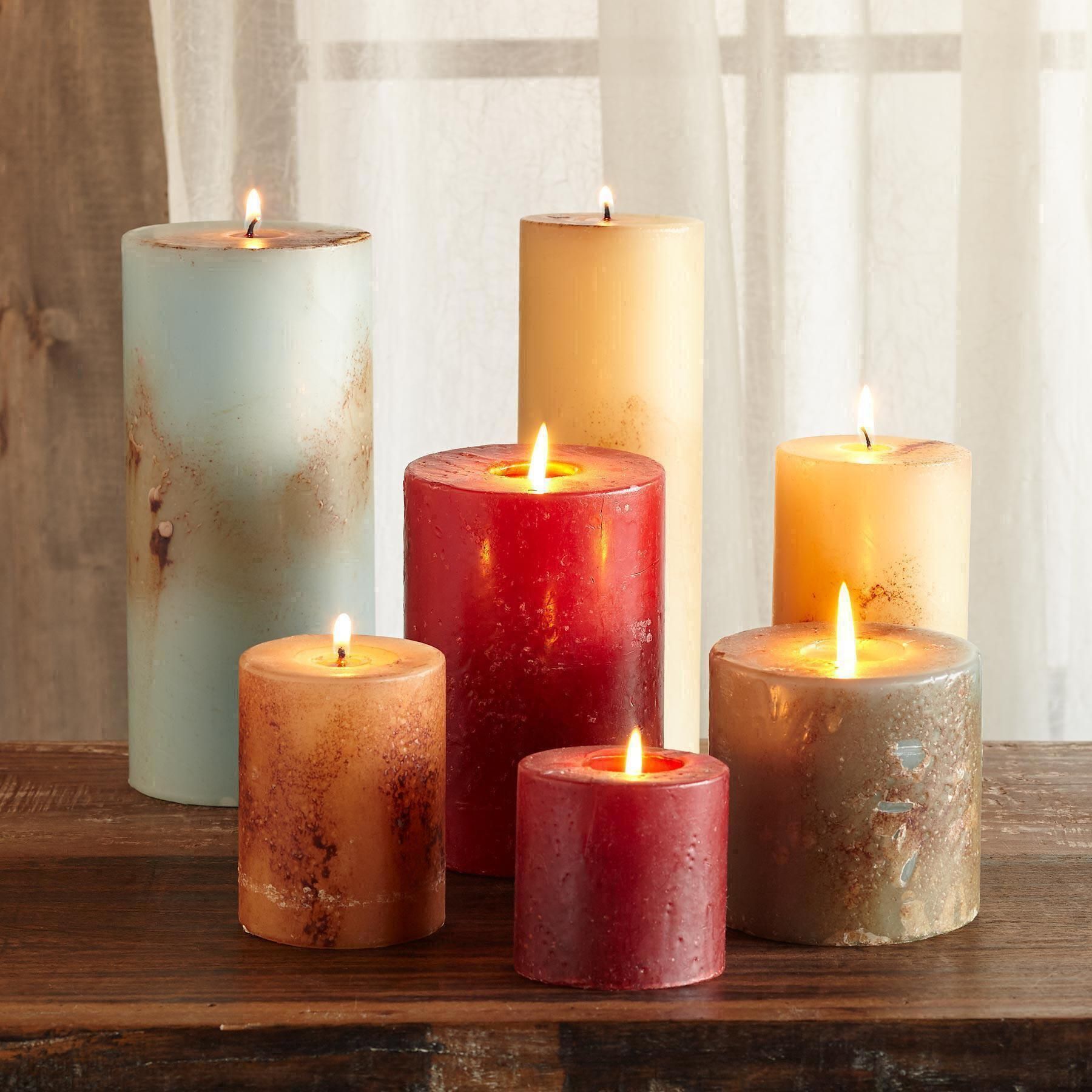
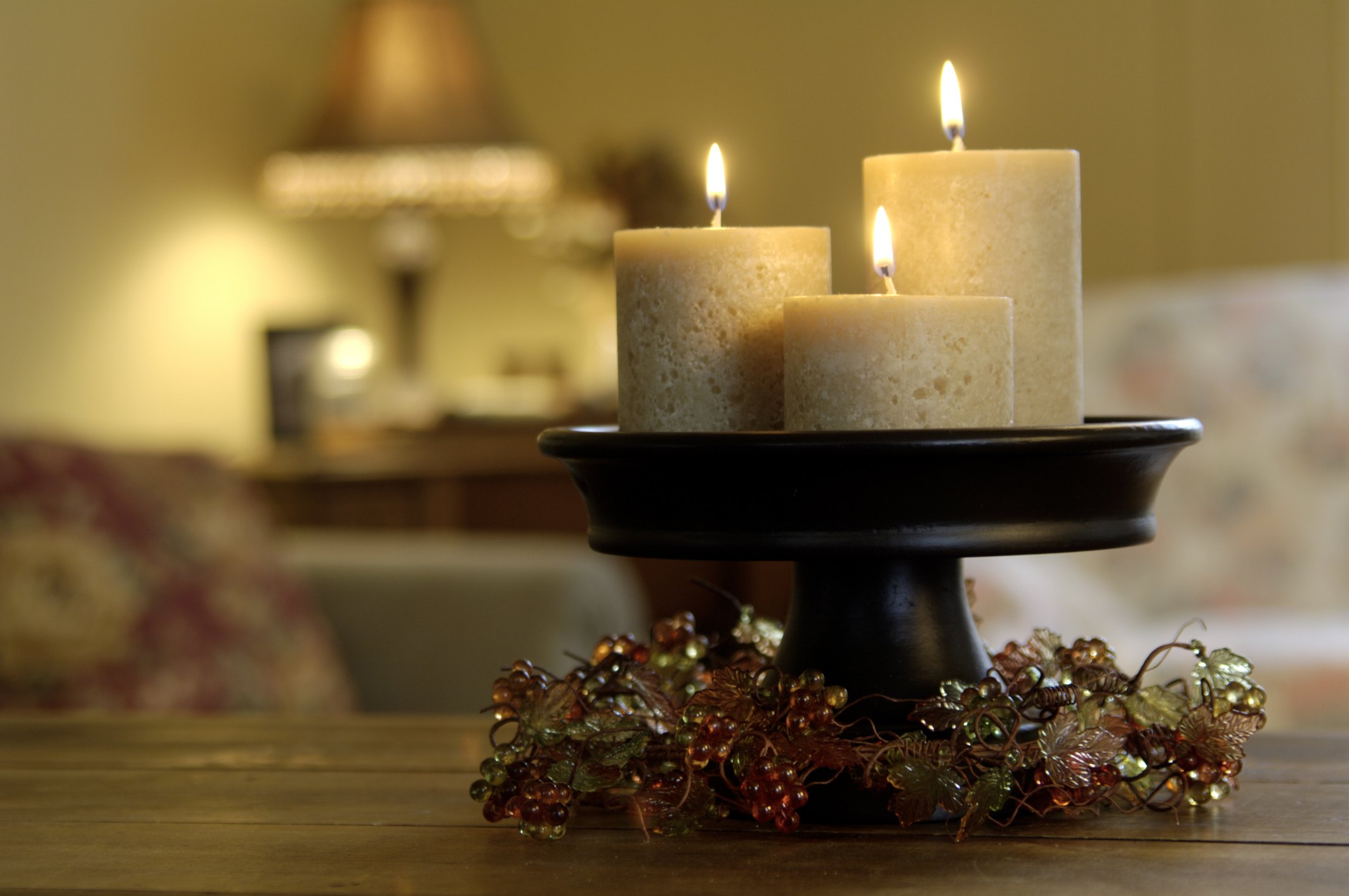
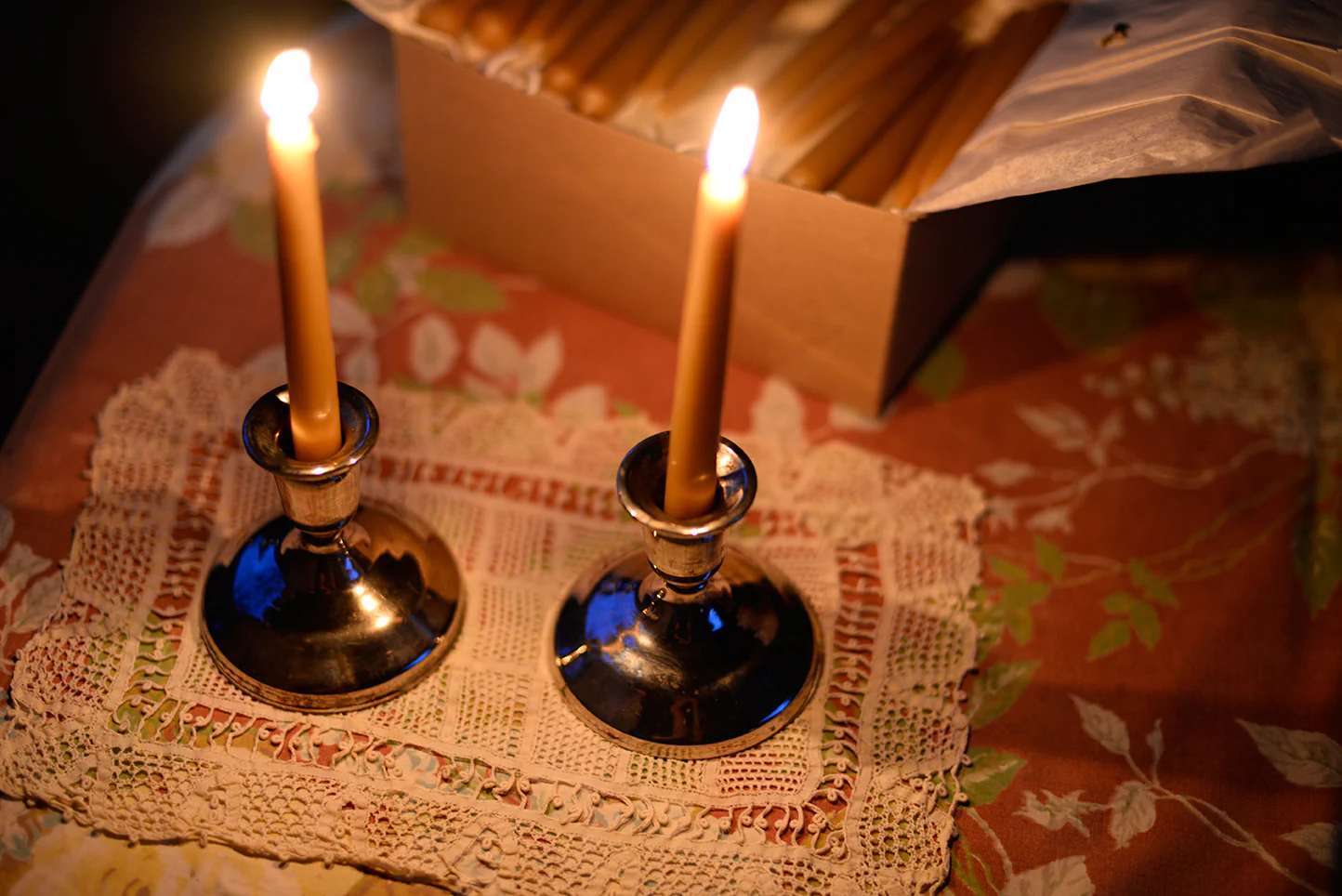
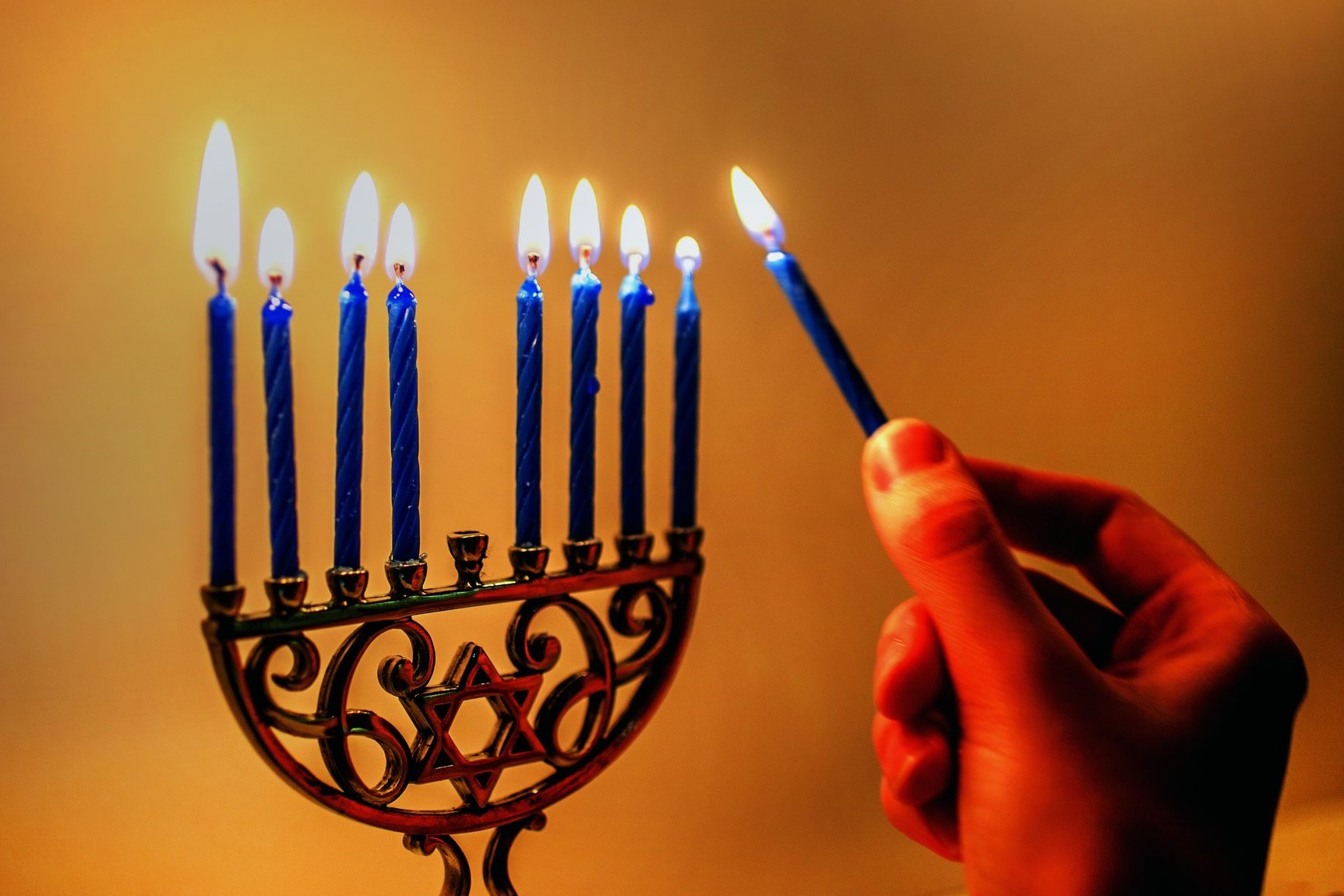


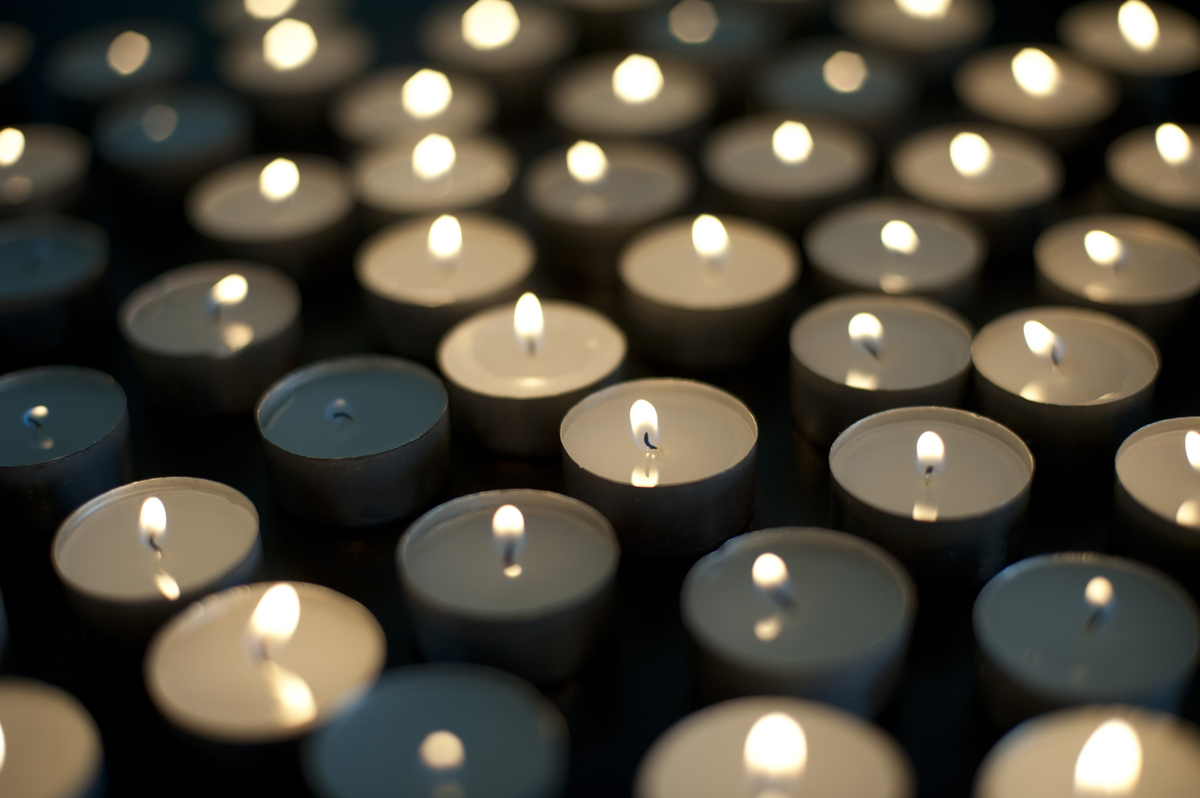
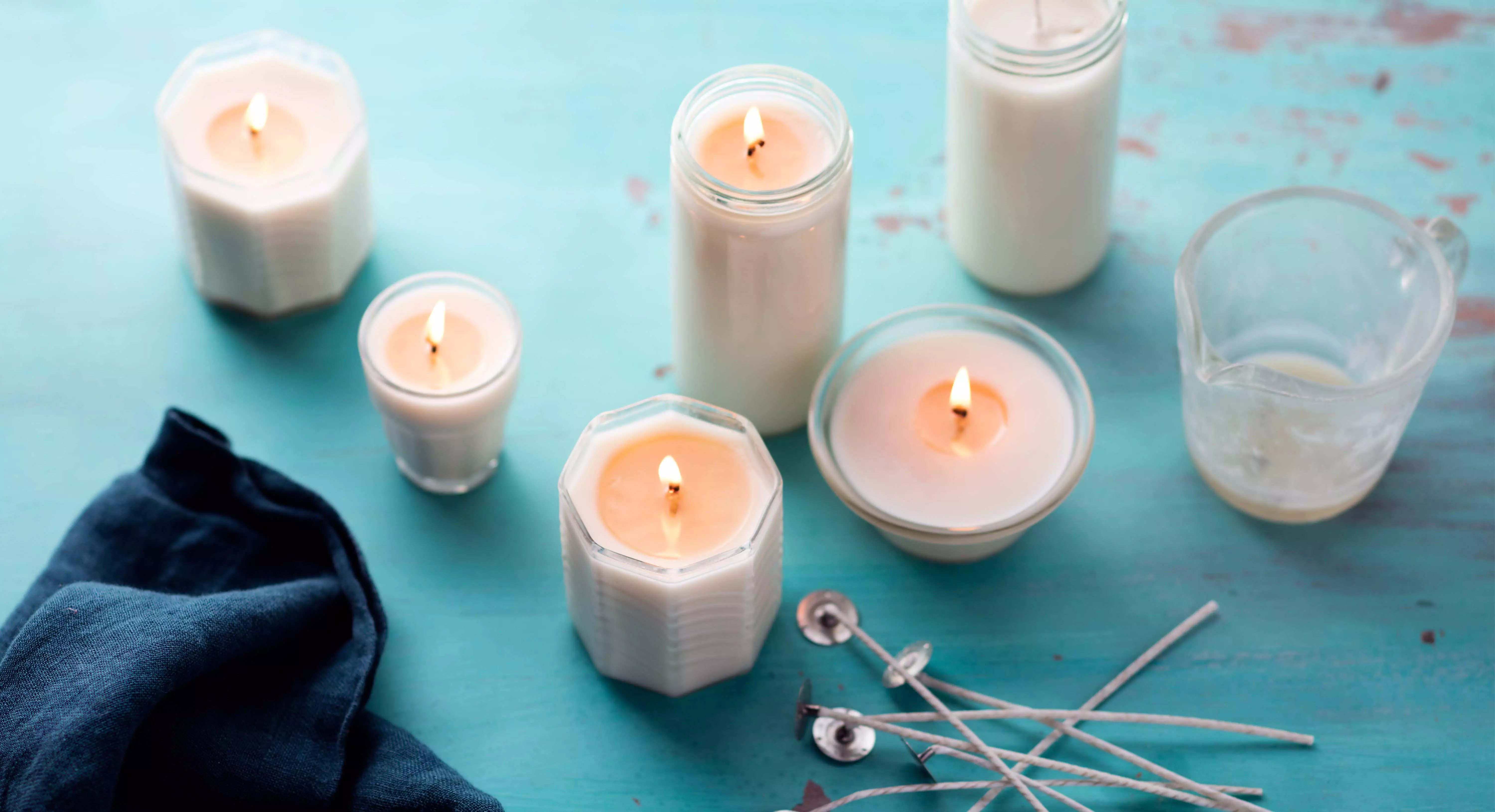

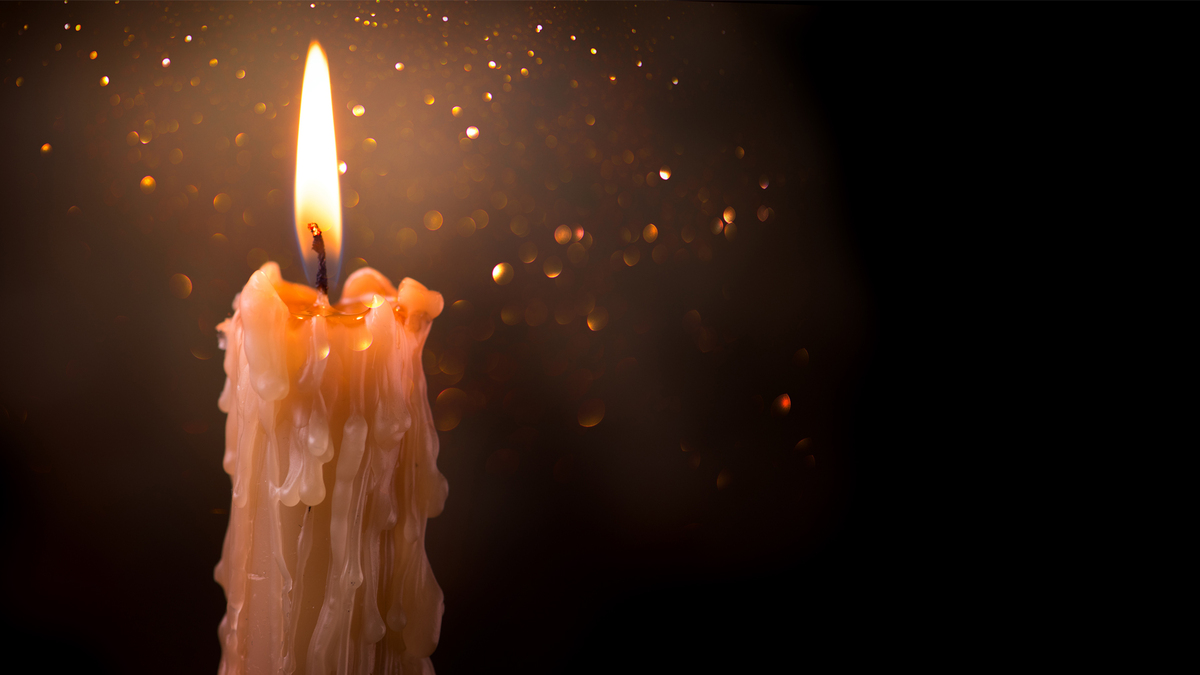

0 thoughts on “How To Make Candles That Burn Longer”